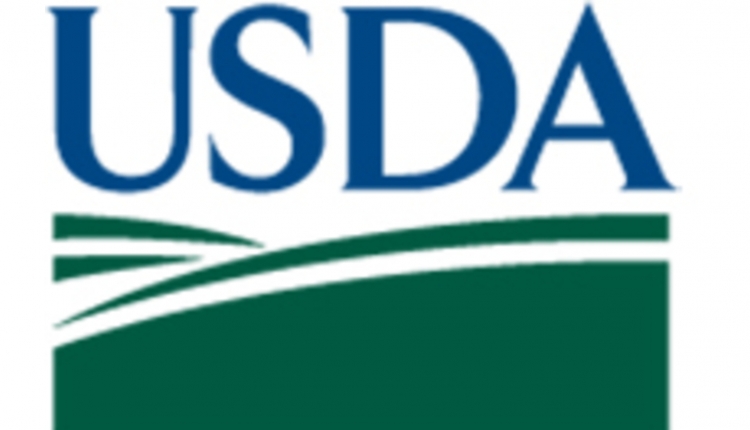The information below has been supplied by dairy marketers and other industry organizations. It has not been edited, verified or endorsed by Hoard’s Dairyman.

Dairy farmers joined FarmFirst Dairy Cooperative for a closer look at 2021 milk markets and explored dairy risk management options during the cooperative’s January 26th Dairy Risk Management webinar.
Mark Stephenson, the director of dairy policy at UW-Madison, kicked off the webinar by sharing his outlook on the year ahead, while also addressing the turbulent year the industry just wrapped up.
“We’ve had such incredible volatility in 2020. Even though the average prices in 2021 may look like something we could live with, those low prices make it really tough on folks,” said Stephenson. “The only reason that 2020 ended up being a better milk income year than what we had thought was thanks to some additional sources of income, including the Dairy Margin Coverage (DMC) program, as well as the federal assistance programs, including the Coronavirus Food Assistance Program (CFAP) which helped support dairy farmers’ income.”
Stephenson shared some optimism about the year ahead, while taking a cautious look to the growing amount of milk production.
“We have optimism about the fifth food box program, that grocery store sales are strong and that we’ve had a return to home cooking. Additionally, restaurants and schools are reopening, and we have got some export opportunities. Hopefully, we can clear our markets,” said Stephenson. “Yet, there are concerns about vaccines being administered and how quickly that can happen. There is also some hope that new processing capacity is coming on across the Upper Midwest as well as across the country. The question is, do we have the customers for this additional product whether here or abroad.”
Travis Glaser with ARM Services, LLC based out of Barron, Wis. joined the webinar to provide insight on various risk protection programs including the Dairy Margin coverage program, the Livestock Gross Margin Program, and the Dairy Revenue Protection program.
Both Stephenson and Glaser recommended that dairy farmers lock in coverage through the DMC program at the $9.50 level as it is a very cost-effective coverage option and data has proven to provide a number of payments at this level. Glaser also believes data has shown the Livestock Gross Margin (LGM) program and Dairy Revenue Protection (DRP) program to be excellent options as well.
“Both LGM and DRP establish a floor on your milk and leave the top open, meaning your milk price isn’t capped by your risk protection. This is ideal considering it allows you to still take advantage of the upside of any increase in milk prices,” said Glaser.
Glaser also recommended exercising caution knowing that sometimes emotion unintentionally plays a bigger role in some management decisions.
“I really like taking the emotion out of the decision. Because you have less opportunities to lock in the milk price with LGM than you do DRP, it tends to be less based on emotion and the off-whim chance to think you are capturing a unique opportunity and end up not,” said Glaser.
Glaser also recommended making sure your agent is digging into the data.
“You want to be asking, ‘Why should we be buying this, when should we buy it, and how is it working?’ You will want to have the confidence in what you’re doing and why you’re doing it, and a good agent can help with that,” said Glaser.
When beginning to prepare a risk management strategy, Glaser has a few recommendations.
“Make sure you’re aware of all the options. That is why it is important to have someone you know has good data and stays current on how these insurance policies are changing and how they best serve farmers,” stated Glaser. “From there, stay away from unneeded risk and manage your risk in a consistent manner.”
“You’ve got to work your plan,” added Stephenson. “Sure, you want to monitor things but ultimately, you need to follow the plan you have put in place and stick with it. Knowing the marketplace, especially how it’s acted this past year, these are all great options to protect against low milk prices.”
FarmFirst hosted the webinar free to all dairy farmers as a way to foster discussion on dairy risk management options available to producers and should act as a starting point for continuing the conversation. For those looking to connect with Travis Glaser at ARM Services and learn more about the data he presented, they can contact him at 715-5-456-5607.
For those that wish to view the webinar, they can do so by visiting www.FarmFirstDairyCooperative.com.
FarmFirst Dairy Cooperative, established in 2013 and based in Madison, Wis., represents farmers in Wisconsin, Minnesota, South Dakota, Michigan, Iowa, Illinois, and Indiana by providing legislative and regulatory advocacy, dairy marketing services, disaster protection, laboratory testing opportunities and industry promotion. FarmFirst Dairy Cooperative is a merger of three long-time prominent Wisconsin-based cooperatives. Learn more about FarmFirst Dairy Cooperative by visiting: www.FarmFirstDairyCooperative.com.


